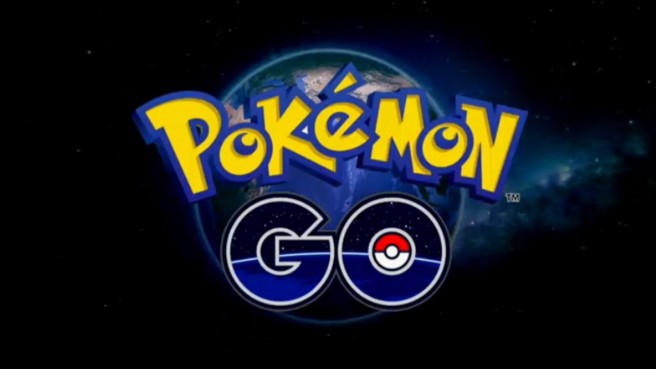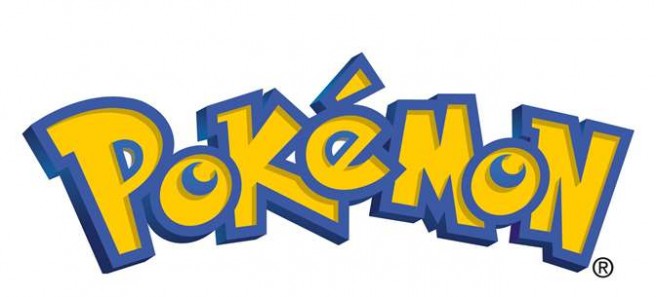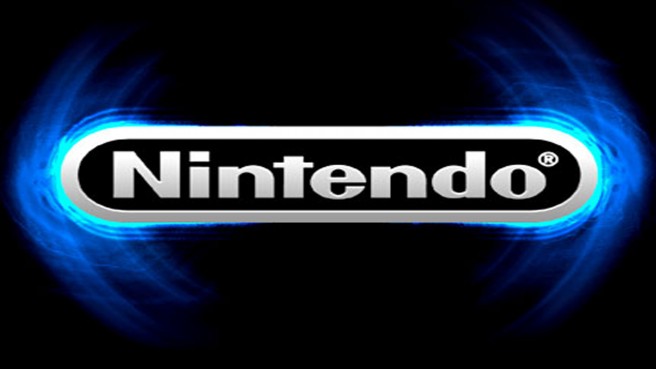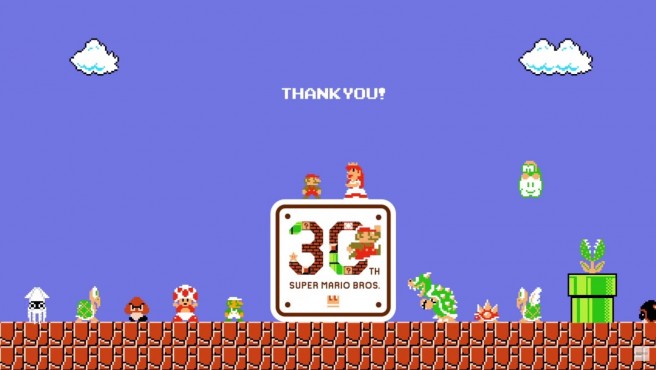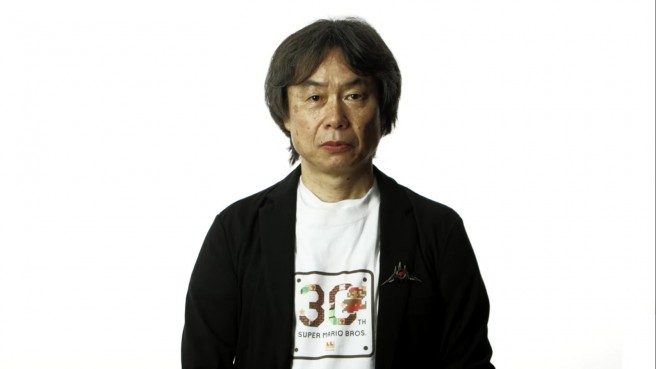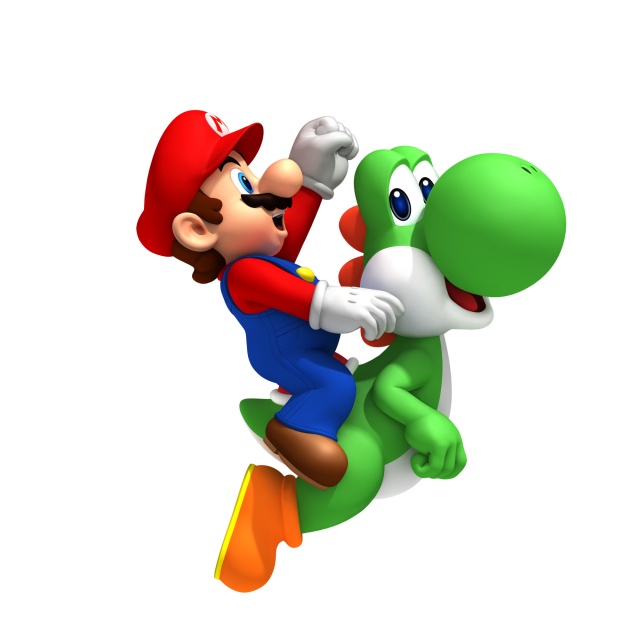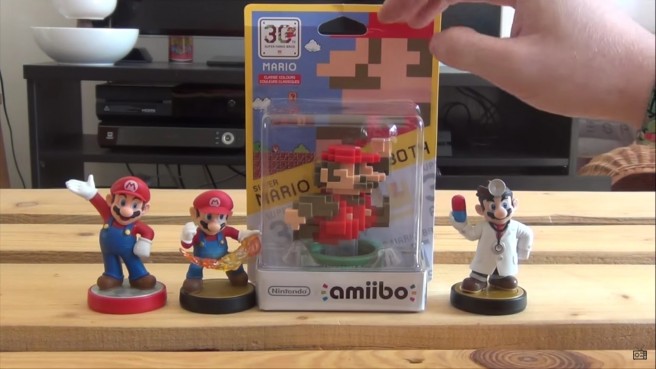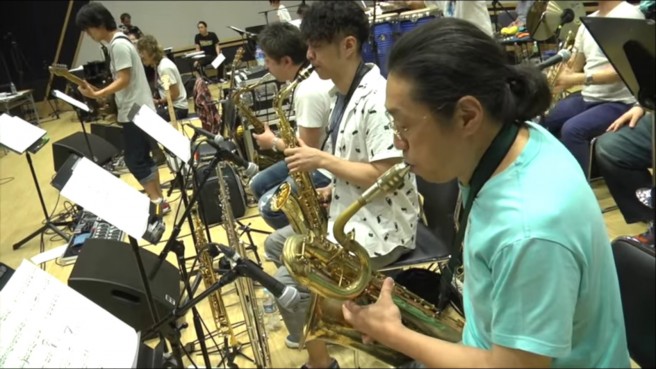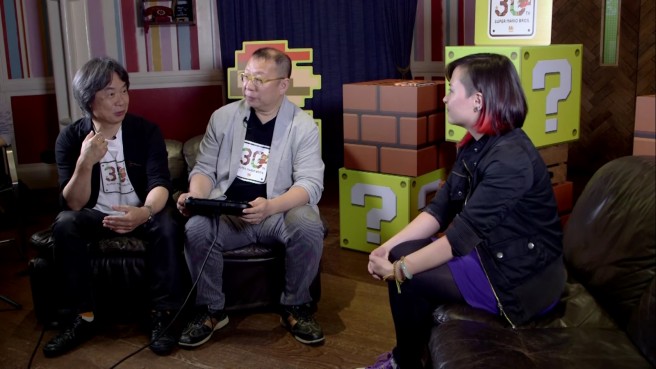Pokemon Go announced for smartphones, Nintendo involved
Posted on 10 years ago by Brian(@NE_Brian) in General Nintendo, Mobile, News | 55 Comments
Update: Official announcement is after the break.
Today, The Pokemon Company announced a new game for smartphones: “Pokemon Go”. Niantic Labs is working on the project in addition to Nintendo.
Here’s what we know thus far:
– For smartphones
– Out next year
– Niantic Labs (startup from Google, now independent) is making the game
– Nintendo is also on board for the project, along with The Pokemon Company
– Started out 2 years ago
– Satoru Iwata was pretty involved
– Meet up in the real world to play together, go on adventures
– Vision shared by Pokemon president Tsunekazu Ishihara and Iwata
– Capture Pokemon
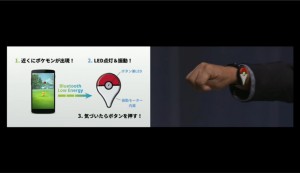
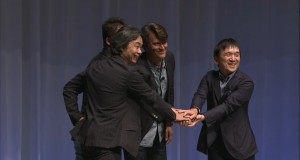
– They will inhabit parks, countryside, places around the world
– One of the original creators of Pokemon, Junichi Masuda (Game Freak), is working on the game
– Seek out Pokemon, capture them, use them to battle other players
– Will have a lot of depth so it can be enjoyed by players of various ages
– Will use real location information
– Masuda is thinking about how it will connect with future Pokemon games
– Alongside Nintendo, they’ve come up with a device to perform certain actions without having to put down your screen: Pokemon Go Plus (Bluetooth enabled)
– This uses a LED and vibration to notify players of things happening in-game
– Game can be enjoyed without the accessory
– Focused on how players would look when making Pokemon Go Plus
– Nintendo still trying to expand the gaming population


You’ll find a trailer for Pokemon Go below.
Press conference for new Pokemon business strategy to be held in a few hours
Posted on 10 years ago by Brian(@NE_Brian) in General Nintendo, News | 21 Comments
The Pokemon Company will be holding a press conference in just a few hours. It will be held at the following times:
06:00 UTC
07:00 BST
02:00 EDT
23:00 PDT
15:00 JST
We don’t really know what the conference will be about, but it will apparently cover a new “business strategy”. This may or may not be related to the Pokemon games.
The conference will be live streamed on Niconico here. If any notable news comes out of the event, we’ll have it right here on the site.
More: Pokemon
Nintendo second quarter earnings release scheduled for October 28
Posted on 10 years ago by Brian(@NE_Brian) in General Nintendo, News | 1 Comment
Nintendo has set a date for its second quarter earnings: October 28. This probably wouldn’t be notable news in most circumstances, but some are wondering if the company will announce a new president at the event. In any case, we can look forward to the latest sales and perhaps some other small goodies.
Nintendo shares “Let’s Super Mario! Thank You Video”
Posted on 10 years ago by Brian(@NE_Brian) in General Nintendo, Videos | 4 Comments
Nintendo’s Japanese YouTube page has gone live with a new “Let’s Super Mario! Thank You Video”. It features a collection of footage created by various fans. We’ve posted the video below.
More: Mario
Miyamoto will be shedding light on Mario myths tomorrow
Posted on 10 years ago by Brian(@NE_Brian) in General Nintendo, Videos | 20 Comments
Nintendo’s European divisions are teasing a new video from Shigeru Miyamoto. Tomorrow, the legendary game developer will be shedding light on Mario myths. Miyamoto will comment on Bowser Jr.’s mother and more.
More: Mario, Shigeru Miyamoto, top
Amazon shares timeline for amiibo wave 5b orders
Posted on 10 years ago by Brian(@NE_Brian) in General Nintendo, News | 3 Comments
Since Amazon did not hold pre-orders for the wave 5b amiibo, all figures will be sold on the retailer’s site this coming Friday. We now have a specific timeline for each amiibo that is going on sale.
Ganondorf will be sold at 1 PM PT / 4 PM ET. Zero Suit Samus, Olimar, and the 30th Anniversary Mario Classic Color will follow at successive hours.
These times apply to both Amazon U.S. and Amazon Canada. We’ll have links up before Amazon begins taking orders.
Nintendo releasing 256-page Mario encyclopedia in Japan next month
Posted on 10 years ago by Brian(@NE_Brian) in General Nintendo, News | 2 Comments
Next month, Nintendo will be shipping out a 256-page Mario encyclopedia in Japan. It contains content pertaining to 17 Mario games from the original Super Mario Bros. up through Super Mario World. In terms of content, readers can expect coverage of characters, enemies, power-ups, items, stages, techniques and graphics of each game.
The encyclopedia goes on sale on October 19. Pricing is set at 3,132 yen.
Mario Classic Color 30th Anniversary amiibo – unboxing and comparison video
Posted on 10 years ago by Brian(@NE_Brian) in General Nintendo, Videos | 0 comments
MyGamingBoulevard has posted a video for an unboxing of the Mario Classic Color 30th Anniversary amiibo, which you can find below. You can also see how it stacks up to some of the other Mario figures.
Super Mario 30th Anniversary Live rehearsal video
Posted on 10 years ago by Brian(@NE_Brian) in General Nintendo, Videos | 0 comments
An official video has gone up for Super Mario 30th Anniversary Live, which is taking place in Japan on September 20 and 21. Below, you can get a look at rehearsals that were recently held.
Video: Interview with Miyamoto and Tezuka
Posted on 10 years ago by Brian(@NE_Brian) in General Nintendo, Videos | 0 comments
Another interview with Shigeru Miyamoto and Takashi Tezuka has popped up online. Both developers discussed Super Mario Maker, Mario in general, and more. You can watch it in full below.
